You can trust Cyclingnews
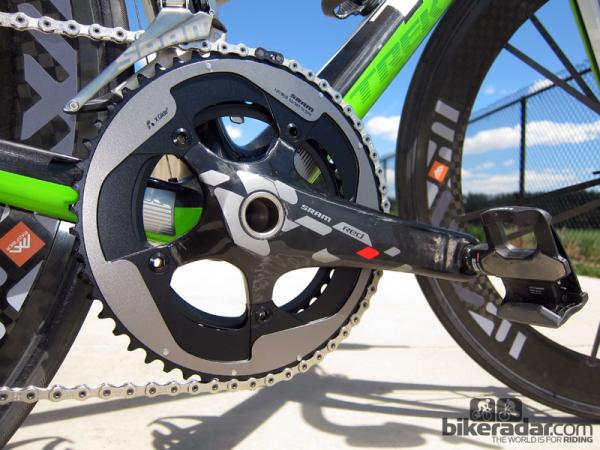
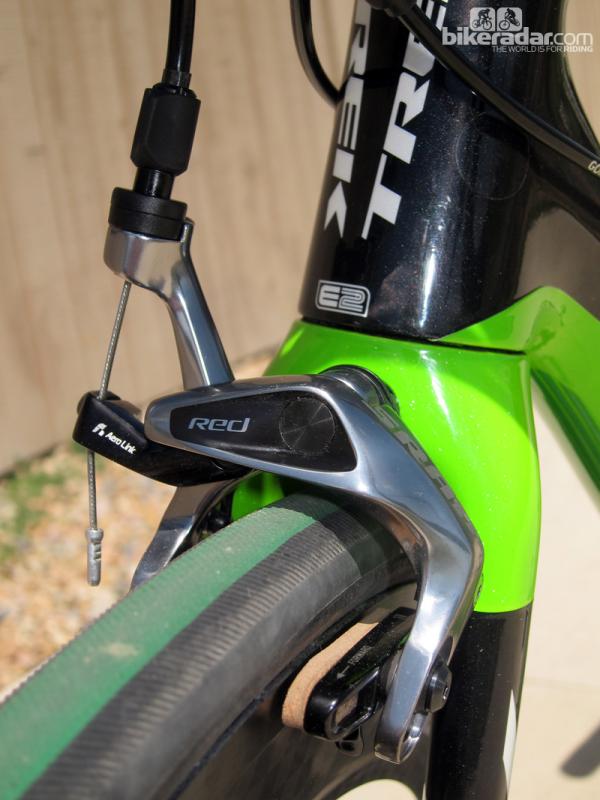
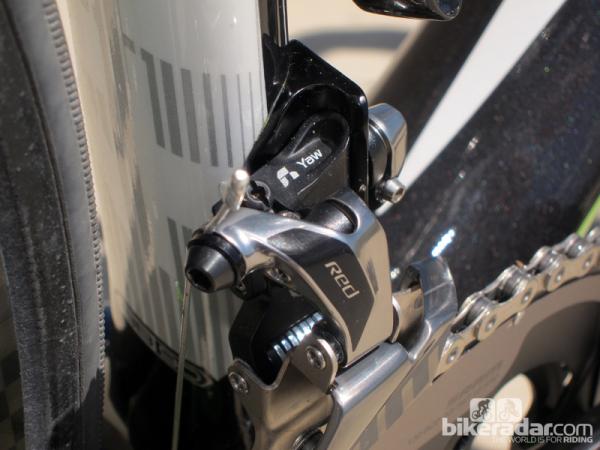
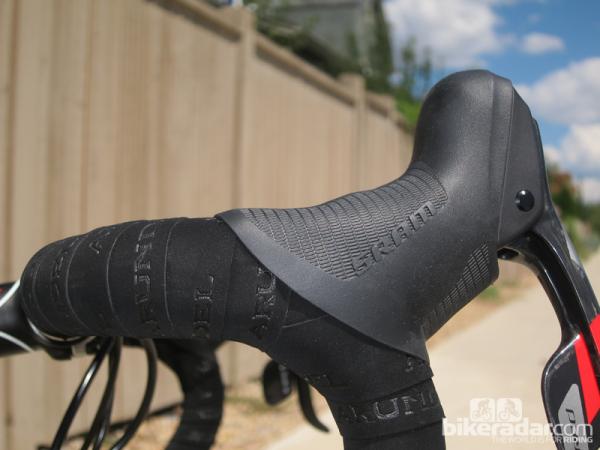
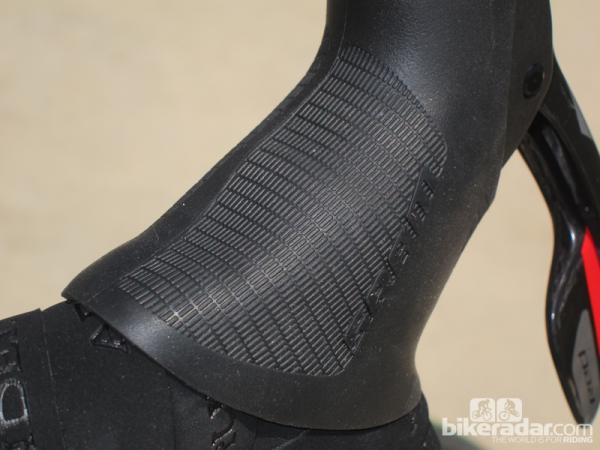
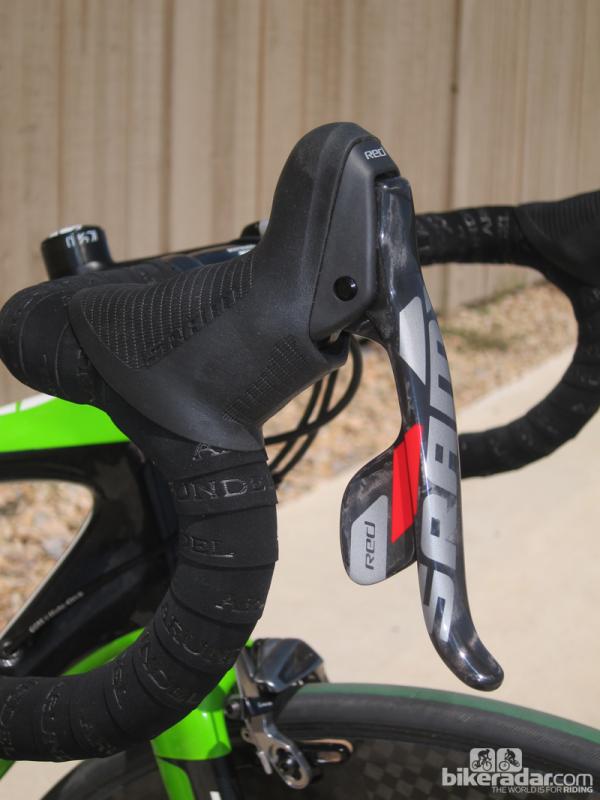
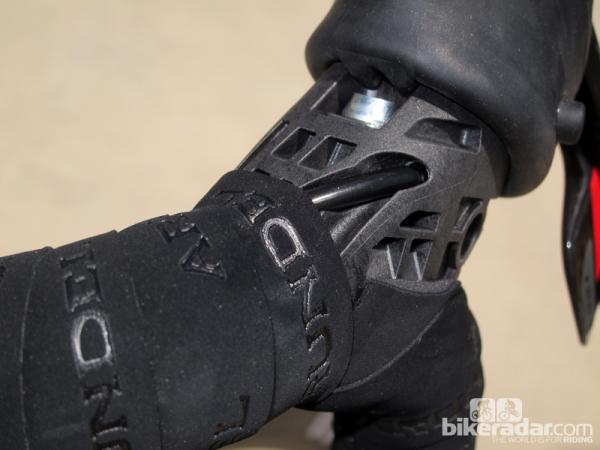
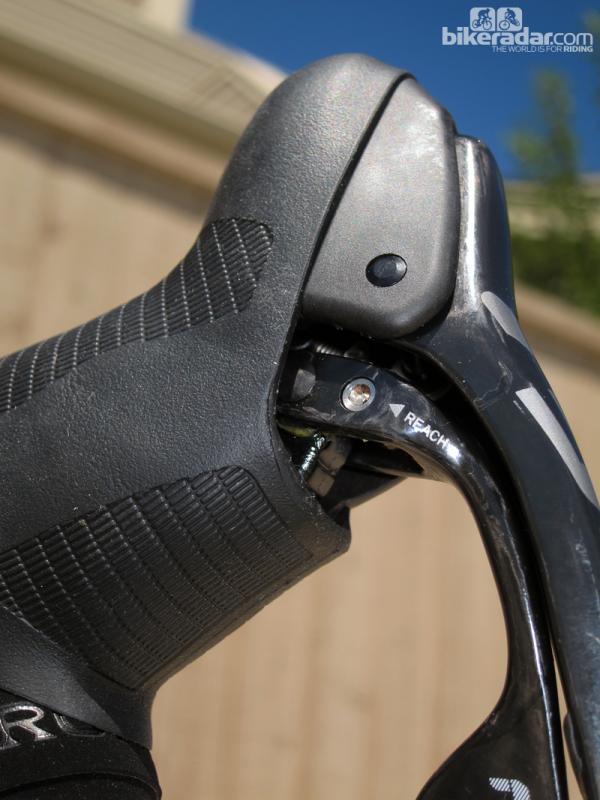
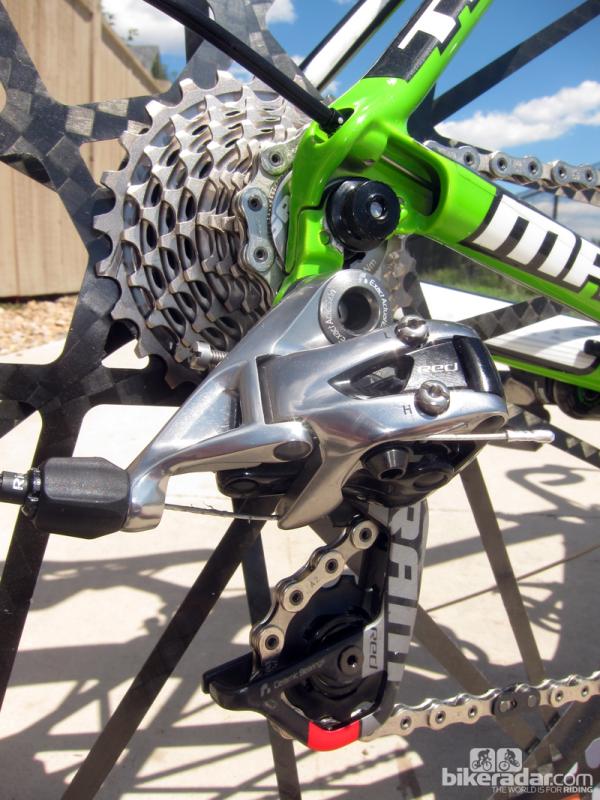
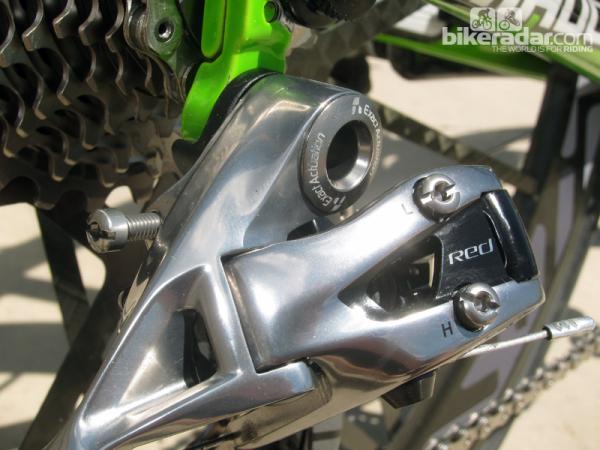
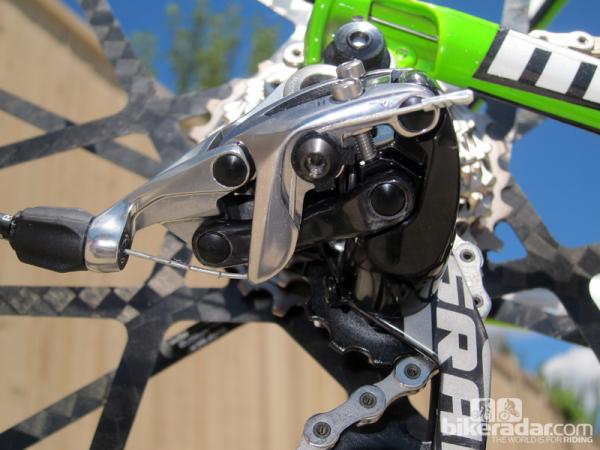
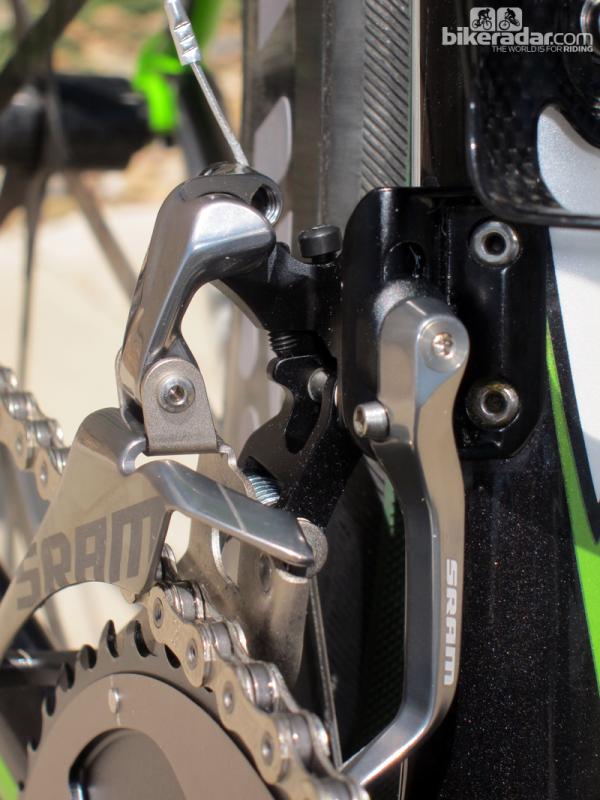
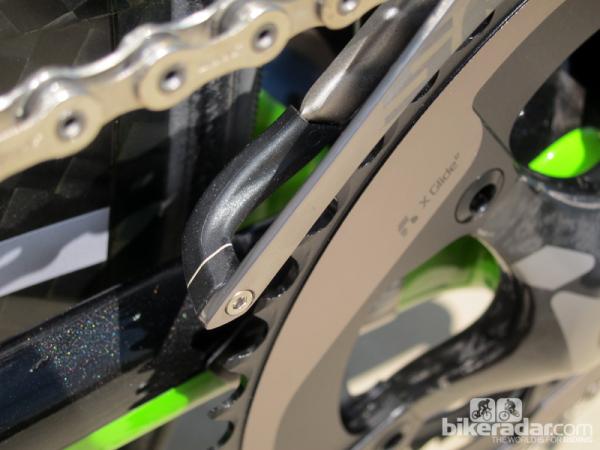
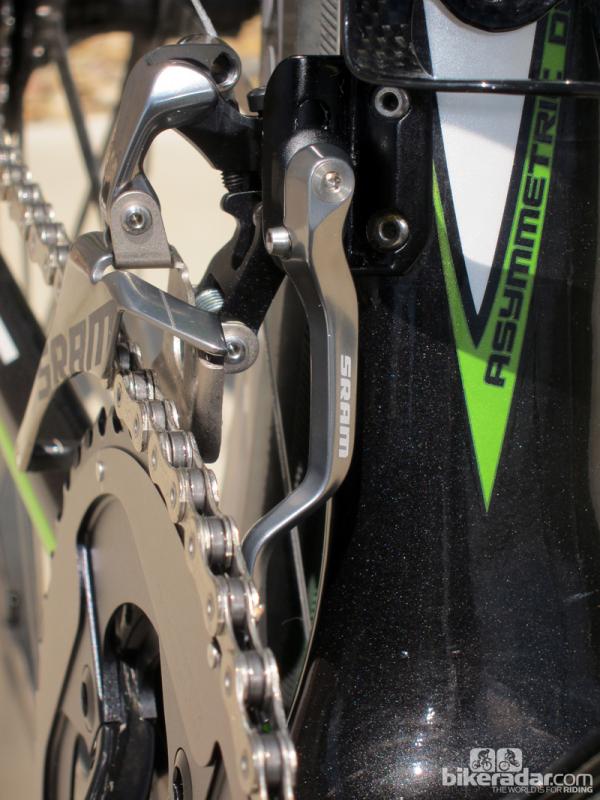
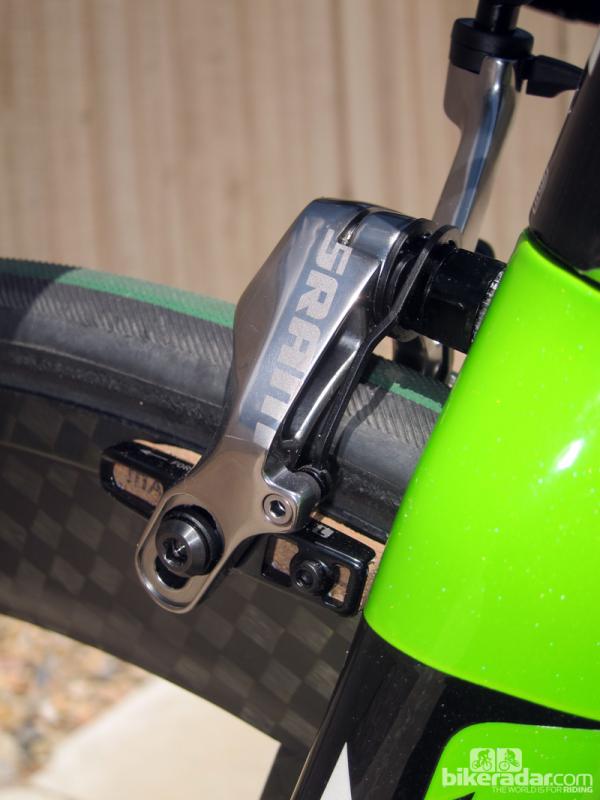
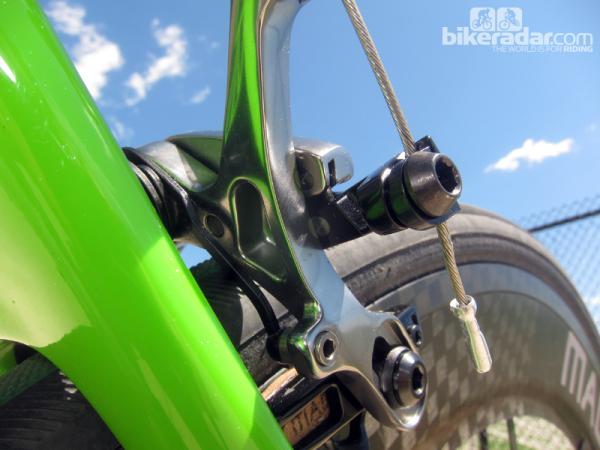
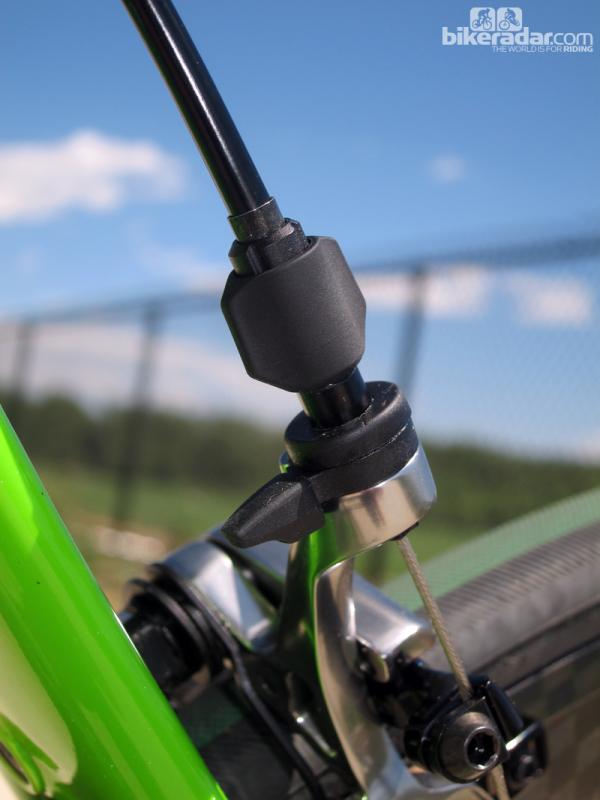
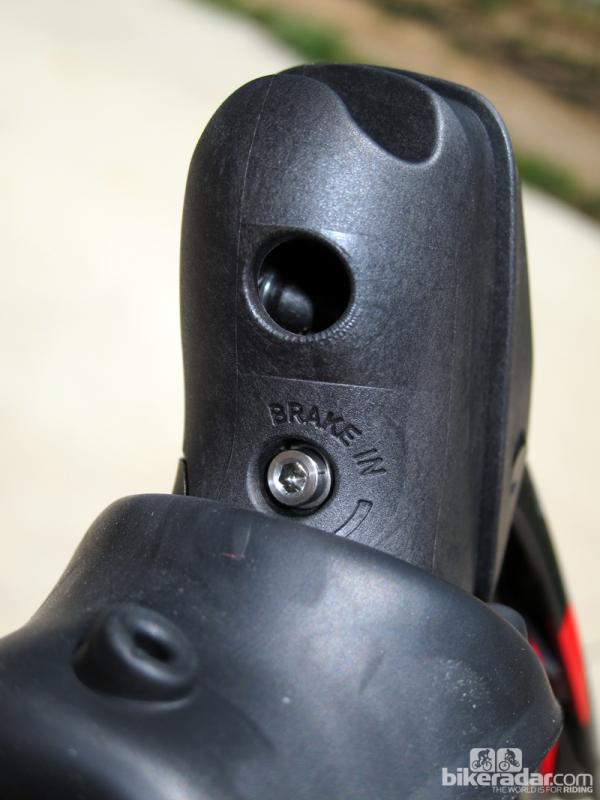
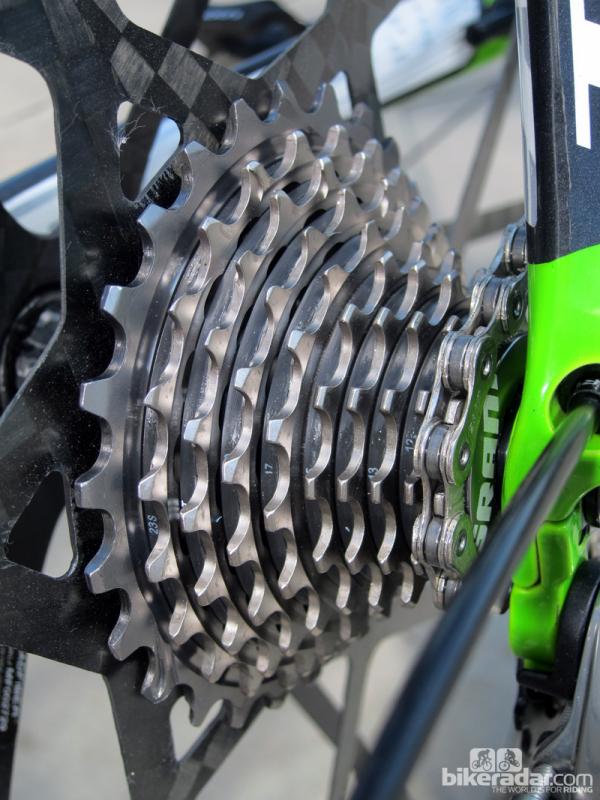
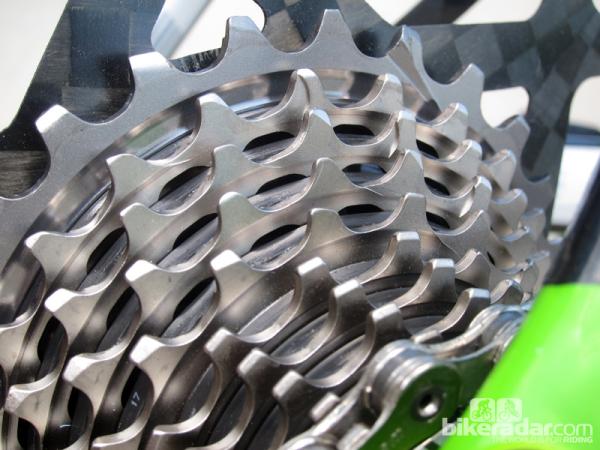
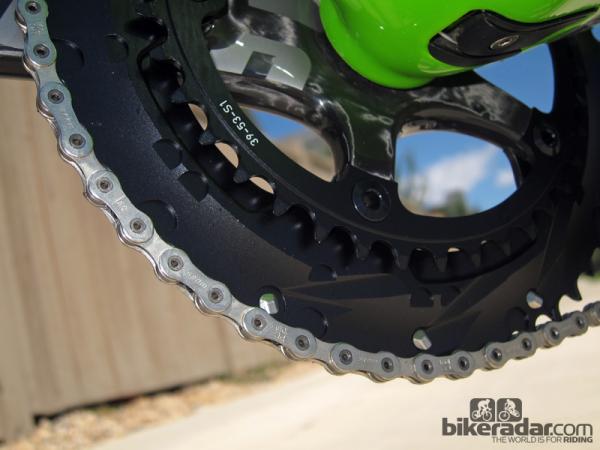
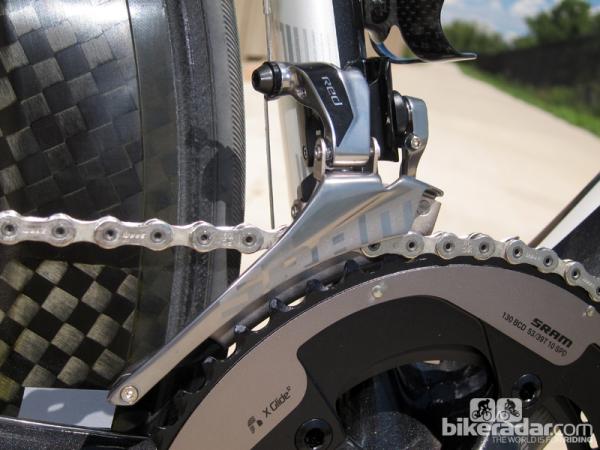

This article originally published by BikeRadar
We walked away from the launch of SRAM's latest Red group very impressed and now that we've been able to log more time on a production setup, we're happy to report that our initial experience played out long term. This second-generation group brings with it a more refined drivetrain, vastly improved front shifting, stronger braking, and even better ergonomics – not to mention lighter weight, too. Save for personal preferences, there's functionally almost nothing to complain about.
Speedier and more positive front shifting
One of the biggest improvements on the new Red group is in front shifting. While the previous edition suffered from a flimsy titanium cage and outer chainrings that wanted to flex under load, the new system is vastly stiffer and the performance gains enormously as a result. The enlarged chainring spider is bigger and now fully hollow along with the rest of the driveside crankarm, the chainring itself is less prone to folding, and the new aluminum and steel front derailleur cage is notably less apt to deform when shifting under heavy pedaling loads.
Add in the new chainring's revamped machined ramps and steel pins, and front upshifts under power are now genuinely fantastic with very positive chain take-up and generally quiet movement. When shifting under more moderate efforts, it's an admirably seamless operation and legitimately impressive in terms of smoothness – finally, and bravo.
We've also had positive experiences with the new front derailleur's other key features: the angle-adjusting Yaw geometry and the integrated chain catcher. The former incorporates non-parallel pivots in the linkage that automatically aim the front derailleur cage's tail where it needs to go – slightly toward the biggest cog when in the outer chainring and toward the smallest cog when in the inner chainring.
It's unclear exactly how much this feature alone contributes to the front shift performance but it definitely makes for a truly trim-free drivetrain. Regardless of how careless we were in gearing selection –and provided you've set the cage up properly – there's no cage rub whatsoever.
As for the chain catcher, we'll continue to have to rely somewhat on faith that it works as advertised because we never actually needed it. That being said, the design is very well thought out with a supplemental bolt that locks the unit in place, even in the event you do drop a chain to the inside. SRAM has built the system separate from the front derailleur itself, too, so owners of previous Red groups – or any braze-on front derailleur, for that matter – can easily retrofit it.
Music to our ears (sort of)
Rear shift speed is essentially the same as before – that is to say, quick and consistent – but generally speaking, the chain movements feel slightly smoother than before thanks to the more refined cassette tooth shaping. More importantly, though, the drivetrain is worlds quieter than the previous Red cassette.
SRAM has retained the clever X-Dome machined steel construction but the aluminum backplate and much of the cone's surface are now liberally machined away – reducing some of that hollow resonance – and there are now elastomer 'StealthRings' wrapped around the troughs between each pair of cogs. The combination brings the general drivetrain noise levels on par with Shimano and Campagnolo and it also slightly decreases the violence of upshifts. It's still "click, clunk, click, clunk" like before but those 'clunks' are a bit more muted.
Unfortunately, though, those elastomer rings also cover up the cutouts that might otherwise make the new Red cassette slightly more amenable for use in cyclo-cross. As it stands, there's still nowhere for mud to evacuate so we don't recommend using the new cassette when the conditions get truly ugly.
This might perhaps come across as nitpicking but while SRAM has admirably addressed the 'clunk' aspect of the shift process, we wish the company paid a little attention to the 'click' that comes before it. There's little to complain about in terms of function – it flat-out works and the firmer action is widely appreciated by countless users. However, it's now been over six years since the original Force debuted and these days the shifter is starting to sound a little tinny as opposed to the more substantial feel of Shimano's latest 11-speed Dura-Ace group and Campagnolo's Ergopower levers.
Finally, we're a little disappointed that SRAM hasn’t yet integrated the clever Gutter seal system from its latest bottom brackets into the rear derailleur pulleys. We've had excellent results from those units in terms of weathersealing – especially as compared to earlier samples, which were distinctly lacking – whereas some pulleys on test groups have almost completely seized after particularly demanding 'cross races due to water contamination.
More powerful and lighter-feeling brakes
SRAM has moved away from the traditional dual-pivot arrangement for the new Red brake calipers, instead using a linkage-enhanced single-pivot setup. The change yields a modest 20g weight savings from the previous version but that's not the real story here.
Moving away from a linear curve provides greater rim clearances – perfect for the newer crop of wide-profile wheels – but also more stopping power for a given amount of hand effort as you get deeper into the lever pull. The non-linear curve takes a little getting used to in terms of modulation and you don't necessarily stop in shorter distances than before – that's still largely a function of tire traction – but we regularly noted how much easier it was to scrub off speed as we approached tight curves on some of our standard alpine test loops. For sure this aspect isn't groundbreaking but generally speaking, more output for less input is never a bad thing.
Along that same vein, it's also plainly obvious how much SRAM has reduced friction in the new calipers. Especially with good cables and housing installed, lever feel is impressively light, fluid, and refreshingly snappy, all without having to resort to stronger springs. Dare we say it – it's now downright Shimano-like.

Although now using just a single pivot, the new brakes are substantially more powerful than the last iteration
Proper set-up is key, however. Whereas one could essentially get by just fine with earlier dual-pivot calipers set up so-so, the new calipers aren't as tolerant of sloppy mechanical work with even slightly misadjusted pads yielding a spongy lever. Thankfully, SRAM makes the process fairly easy with independent spring adjustments on either side for fine movements, wrench flats for big ones, and ball-joint pad holders.
We're also a little mixed on the new linear-style quick-release mechanism. SRAM touts the reduced frontal area and there are still four positions to choose from but for whatever reason, the setup just doesn't look all that elegant in our view.
More comfortable ergonomics
We were initially concerned that SRAM had modified the old lever's very popular pistol-style grip into one that's less aggressively tapered from front to back and smaller in girth throughout. Now that we've logged more miles with the new shape, though, we've decided it's an improvement all around.
It's now easier to get a firm grip around the lever body regardless of hand size – those will smaller mitts can more readily wrap their fingers around the trimmed-down hoods and there's now more room on the bottom of the bodies for those with fatter paws. In addition, the transition between the hood and bars is more seamless than before and easier on your hands on long days, particularly if you ride without gloves. SRAM has even included a set of small stick-on gel pads that smooth out the area even more – a feature we definitely grew to appreciate more with time.
As before, shift lever and brake lever reach are independently adjustable but the former has thankfully moved away from the original version's frustrating cam (which required a needle or similar sharp object) to a more straightforward Allen head fitting. Finally, the brake lever itself is slightly longer and fitted with a more aggressive hook at the bottom for easier action when in the drops.
The eye of the beholder
One final note on the aesthetics of the new group: like it or not, SRAM continues with a rather bold graphics pattern on its flagship group that includes a nicely executed two-tone finish on most of the components plus rather big logos on the brake lever blades, rear derailleur cage, and crankarms. Many buyers will undoubtedly be drawn to this NASCAR-style badging but there's certainly something to be said for the more subtle approach taken by Campagnolo and even Shimano.
SRAM is no longer the new kid on the block and, therefore, doesn't need to symbolically scream to onlookers about who they are. Perhaps it's just a sign that we're getting older but given how well the new stuff works – seriously, it's substantially better in every way – maybe it's time to let the group's functionality speak for itself as that now seems to be a more than sufficient statement on its own.

SRAM Red 2012: Big on function and ergonomics - also big on graphics
Prices and actual weights:
| Component | Actual weight | Retail price |
| SRAM Red DoubleTap levers | 284g (pair, w/o cables and housing) | US$639/£529.99 |
| SRAM Red rear derailleur | 144g | US$358/£296.99 |
| SRAM Red front derailleur | 84g (braze-on, w/ catcher and hardware) | US$137/£114.99 |
| SRAM Red brake calipers | 242g (pair, w/o hardware, w/ pads) | US$351/£289.99 |
| SRAM Red XG-1090 cassette | 146g (11-26T, w/ lockring) | US$335/£264.99 |
| SRAM PC-1091 chain | 256g (116 links, w/ PowerLink) | US$84/£69.99 |
| SRAM Red GXP bottom bracket | 104g (English threading) | US$220/£184.99 |
| SRAM Red GXP crankset | 608g (172.5mm, 53/39T) | US$451/£379.99 |
| Row 9 - Cell 0 | Row 9 - Cell 1 | Row 9 - Cell 2 |
| Total | 1,868g | US$2,575/£2,131.92 |
Cyclingnews rating: 4 ½ stars
More information: www.sram.com